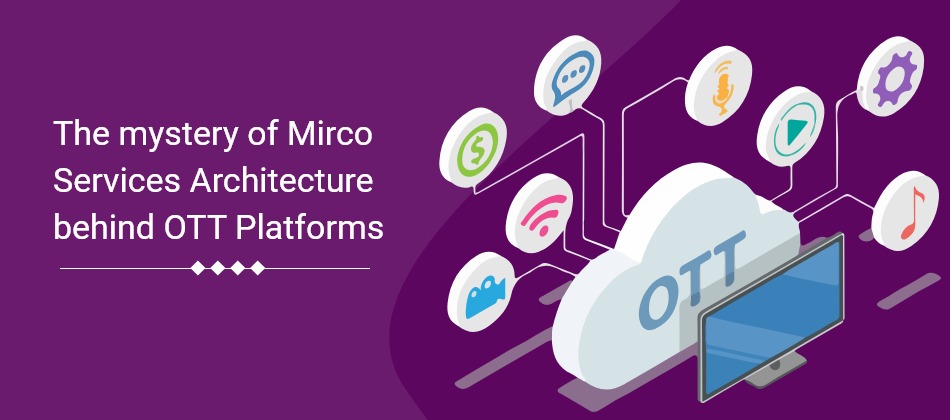
In recent years, with the rise of the internet and OTT platforms people have moved back to single screens. And nearly 80% of the audience purchased the premium versions of all the major OTT platforms such as Amazon Prime, Netflix, etc.
This has led to a new development paradigm known as microservices wherein an app is broken into small pieces that perform their respective functions and communicate via APIs.
What exactly are Microservices?
Microservices Architecture often known as microservices is an architectural approach or style of application development. This involves dividing large applications into smaller, functional units capable of functioning and communicating independently.
This was developed to overcome challenges and difficulties posed by monolithic architectural approaches to app development.
It is like a large container holding all the major components of an application, user interface, business layer, and data interface. But this had multiple limitations such as inflexibility, difficulty scaling, slow development, and so on. It was to bypass these issues that microservices architecture was developed.
This is how OTT Architecture Works
Although the platforms Netflix and Amazon had already adopted, it nearly took 8 years to realize the power of the cloud, back in 2008, there was a huge demand for DVD, they had to shut down their own data center, and business operations for 3-4 days and this forced them to embrace a scalable, robust data infrastructure management.
Due to their decision to embrace microservices-based architecture powered by the public cloud of AWS, they were able to ensure zero point of failure and an extremely scalable IT Infrastructure to support millions of services without any problem.
Scalability with Micro-based services architecture
In the microservices-based architecture that OTT platforms deploy, larger software programs are broken down into smaller programs, or components based modularity and every component has its own data encapsulation.
Due to this reason, OTT platforms are able to scale up their services swiftly, via horizontal scaling and workload partitioning as part of microservices architecture.
Perks of Microservices Architecture
Implementing Microservices in a mobile application can be very helpful. Here are our key benefits.
Major Challenges associated with Microservices
Microservices Architecture comes with a lot of obstacles at every stage from deployment to operation and maintenance. Some of the key challenges are discussed by our team of experts.
1. Inter-service Communication- Although Microservices can exist and function independently, they often need to interact and communicate with other microservices to fulfill certain demands or tasks. This necessitates maintaining a fully functional API as a communication channel between multiple services included in the application.
2. Distributed Logging- When independent operation microservices are deployed as a part of the application, each of the services has a distinct logging mechanism. This results in large volumes of distributed logs that data that are unstructured and difficult to maintain.
3. Dependencies between Services- It is a microservices architecture that refers to the codependency of two or more application services or modules. It can make it difficult to scale the application or deploy microservices.
Final Words
Microservices architecture is a widely accepted and reliable approach to developing applications today. It’s highly backed with various advantages it brings tech development teams in the form of shorter development times, improved flexibility, and greater reliability.
If you are looking for ways to scale up your organization's tech capabilities and overcome all the obstacles in tech problems then team B2C is here to help you out. Connect with our team of experts at info@b2cinfosolutions.com.




